
The global energy landscape is undergoing a seismic shift, driven by the imperative for decarbonization and the rapid integration of renewable energy. At the heart of this transition lies a critical challenge: storing energy effectively, safely, and affordably. Breakthroughs in energy storage equipment and materials are not merely incremental improvements; they represent fundamental leaps unlocking new possibilities. This article explores the pivotal technological advancements emerging in 2025 – spanning solid-state batteries, next-generation flow chemistries, high-performance thermal storage, and ultra-fast charging materials. We delve into how these innovations are directly addressing the core hurdles of safety, cost, efficiency, and longevity, and examine their profound impact on grid resilience, renewable adoption, and the viability of new applications. Understanding these cutting-edge developments is essential for stakeholders navigating the rapidly evolving future of energy.
The global energy storage sector is experiencing transformative technological advancements, fundamentally reshaping grid resilience, renewable integration, and commercial viability. Key breakthroughs focus on enhancing performance, safety, and economics:
Next-Generation Solid-State Batteries:
Moving beyond lab prototypes, scalable solid-state electrolytes using sulfide or oxide ceramics significantly boost energy density (targeting 500+ Wh/kg) and eliminate flammable liquid components. This breakthrough directly addresses critical safety concerns in large-scale deployments while extending operational lifetimes. Pilot production lines are emerging in 2025.Advanced Flow Battery Chemistries:
Innovations in electrolyte formulations, particularly organic molecules and novel metal-free compounds, drastically lower levelized costs for long-duration storage (8+ hours). Enhanced membrane durability and stack design optimization further improve efficiency and reduce maintenance, making flow batteries increasingly competitive for grid support and industrial backup.
High-Performance Thermal Energy Storage (TES):
Novel phase-change materials (PCMs) with tailored melting points and significantly improved thermal conductivity enable more compact and efficient TES systems. Innovations in molten salt formulations and containment materials push operating temperatures higher, boosting Carnot efficiency for power generation and industrial process heat applications.
Ultra-Fast Charging Electrode Materials:
Development of proprietary anode architectures (e.g., tailored silicon composites, lithium titanate variants) paired with modified cathode surfaces enables extreme fast charging (XFC) capabilities for lithium-ion systems. This reduces charging times to under 15 minutes for 80% capacity, crucial for EV infrastructure and high-uptime commercial applications.
Material-Driven Cost Reduction:
Continuous improvements in manufacturing processes for key materials like synthetic graphite, lithium iron phosphate (LFP) cathodes, and separator films drive down costs. Increased material utilization rates and reduced scrap generation through precision engineering contribute significantly to overall system price declines.
Industry Impact:
These breakthroughs collectively drive the industry towards:
Enhanced Safety & Reliability: Mitigating fire risks enables deployment in denser urban settings and sensitive infrastructure.
Lower Levelized Storage Cost (LSC): Achieving grid parity in more markets and applications.
Grid Stability & Renewable Penetration: Facilitating higher shares of variable wind and solar power through reliable, long-duration storage.
New Application Viability: Enabling economically feasible storage for heavy transport, industrial processes, and microgrids.
Supply Chain Diversification: Reducing critical mineral dependencies through new chemistries (e.g., sodium-ion, organic flow).
CESC serves as the premier global platform to witness these technologies transition from R&D to commercialization, connecting innovators with integrators and end-users shaping the future of energy storage.
About CESC
Jiangsu Energy Storage Industry Association
With the theme of "Supporting Dual Carbon • Storing the Future", CESC is committed to systematically interpreting the progress and development trends of the new energy storage industry, and comprehensively displaying innovative achievements in energy storage technology and applications at home and abroad.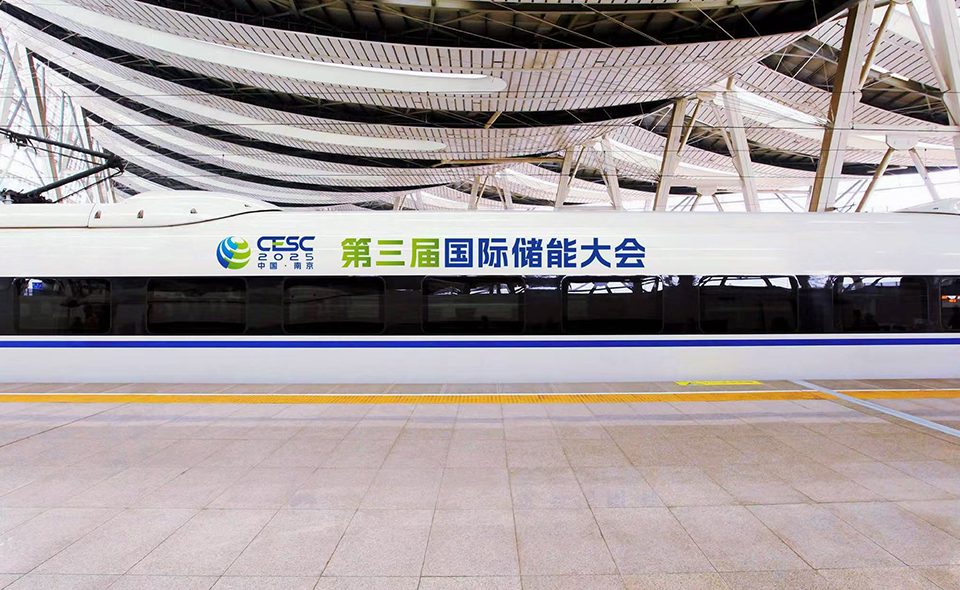
Latest News

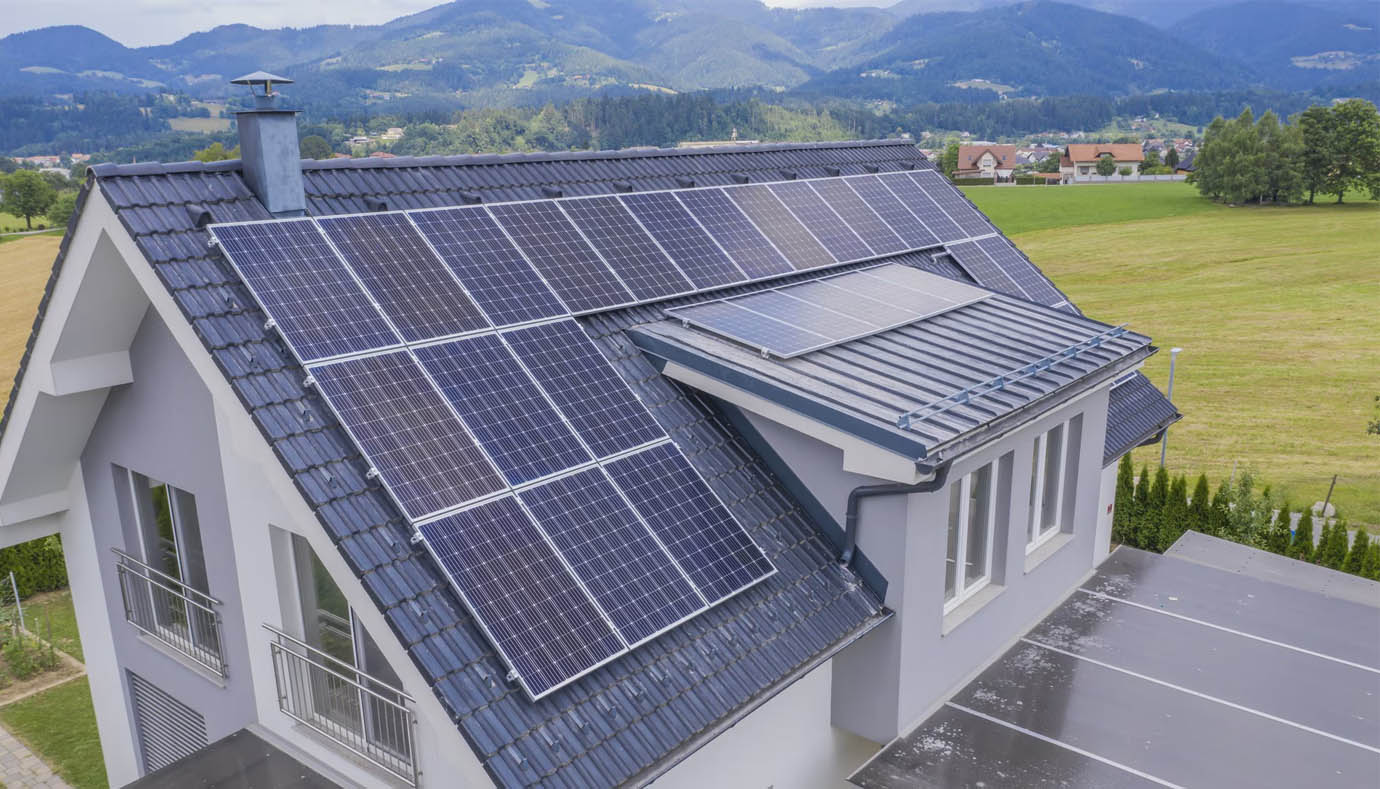
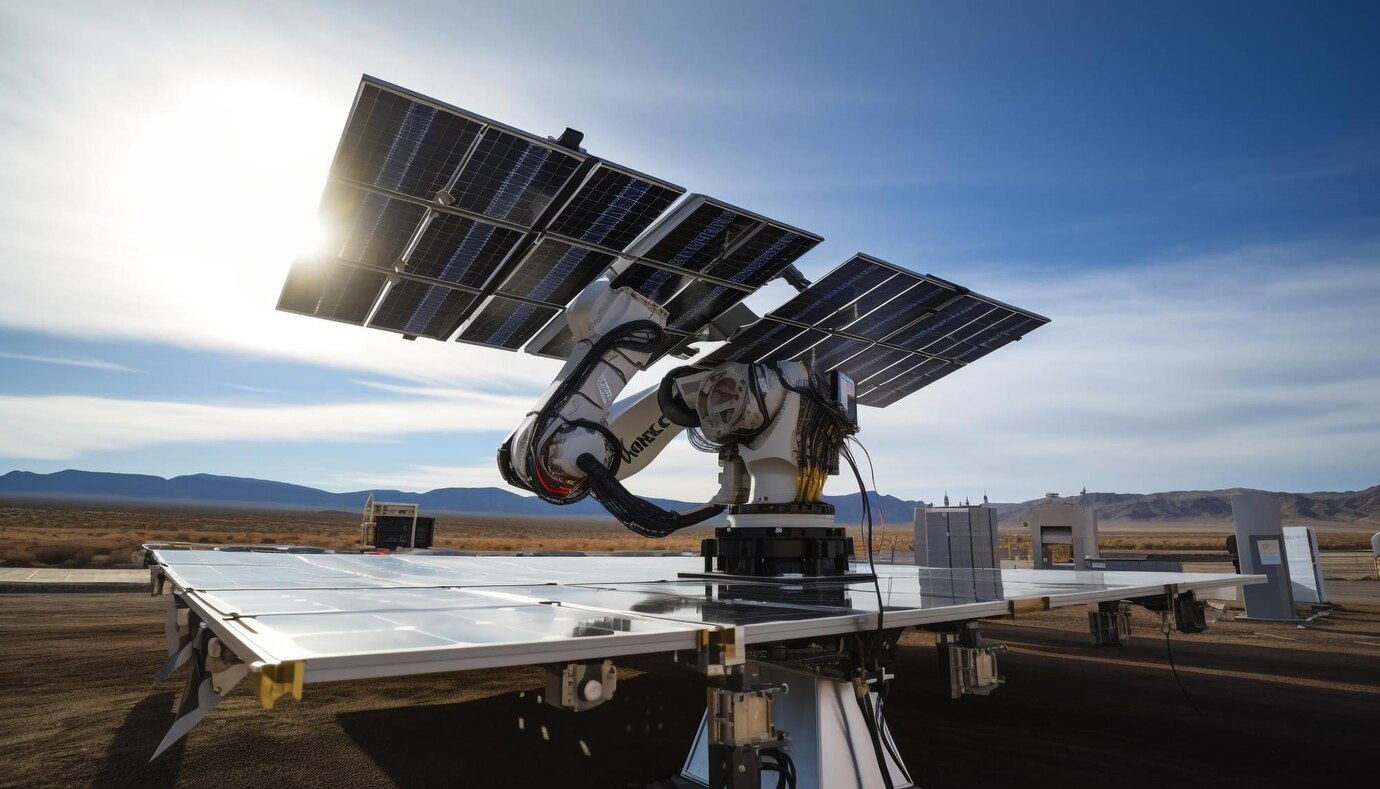






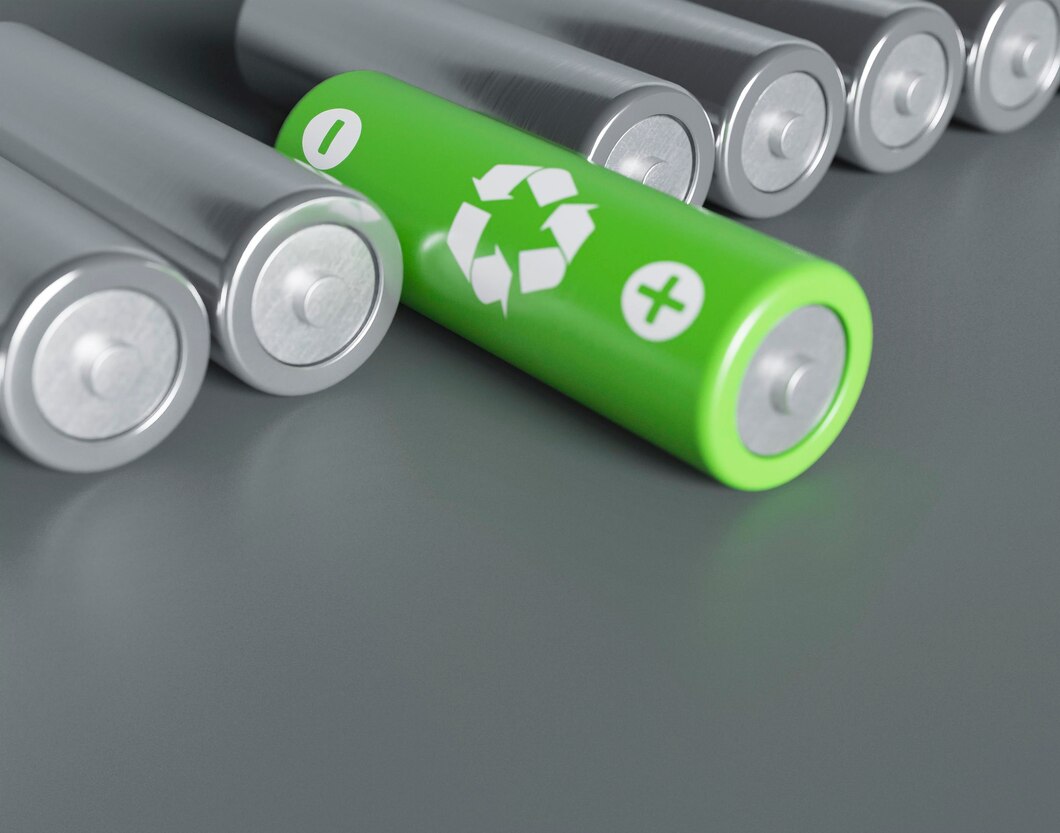
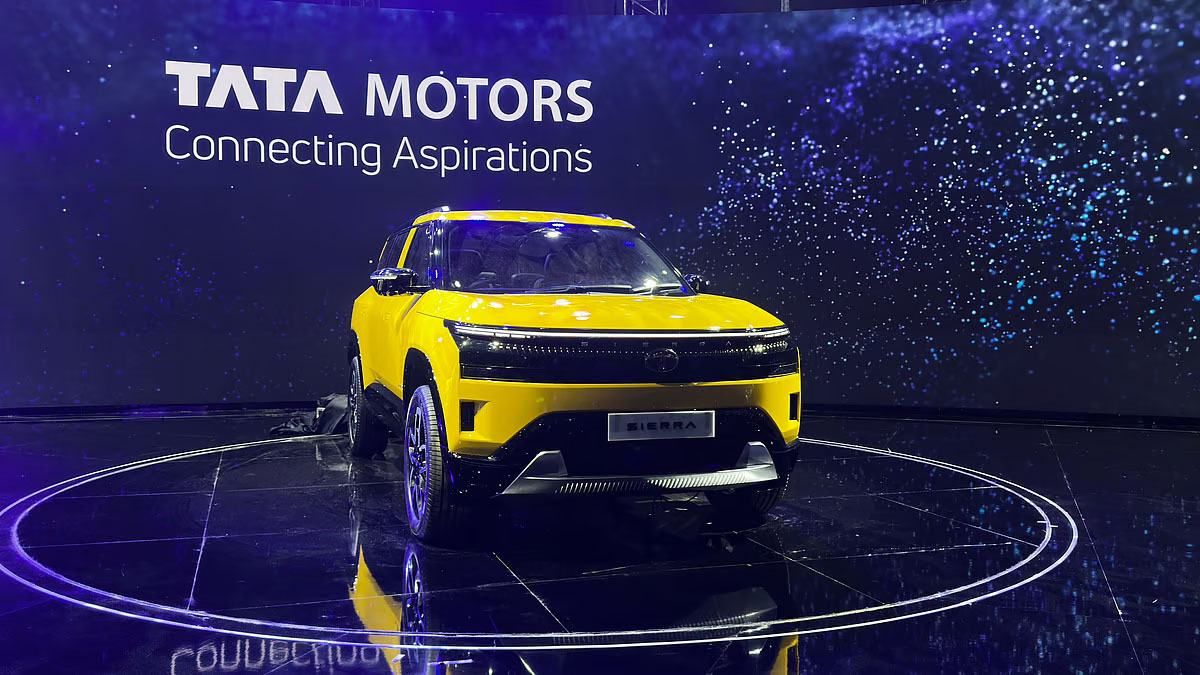

Ms. Liu +86 132 6100 0097

协办单位:全国工商联新能源商会、电力规划设计总院
支持单位:江苏省发展和改革委员会、江苏省工业和信息化厅、江苏省商务厅
国网江苏省电力有限公司
国际支持:欧洲储能行业协会、德国智能城市交通协会
承办单位:创能国际会展服务(江苏)有限公司、东浩兰生会展集团股份有限公司
溧阳深水科技咨询有限公司



